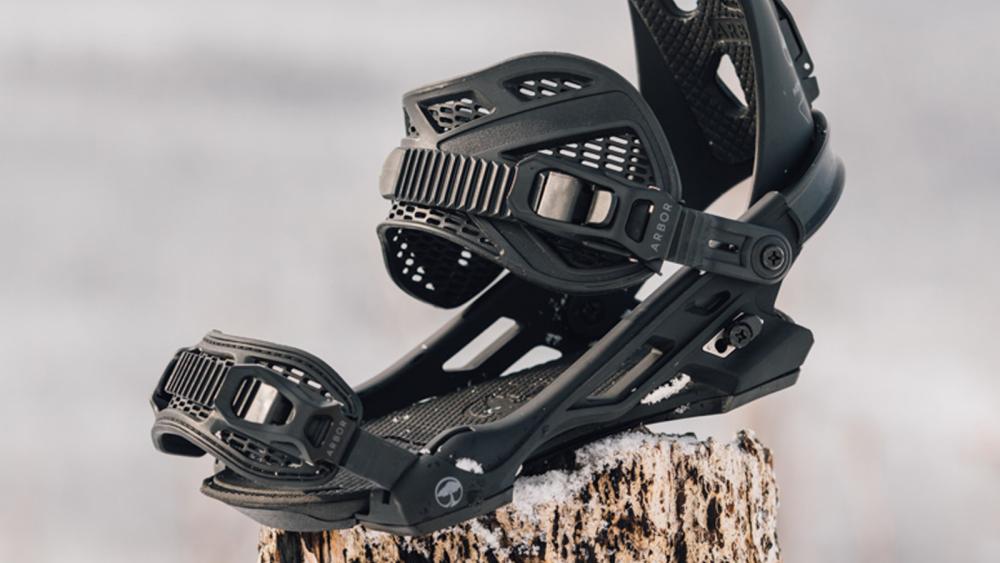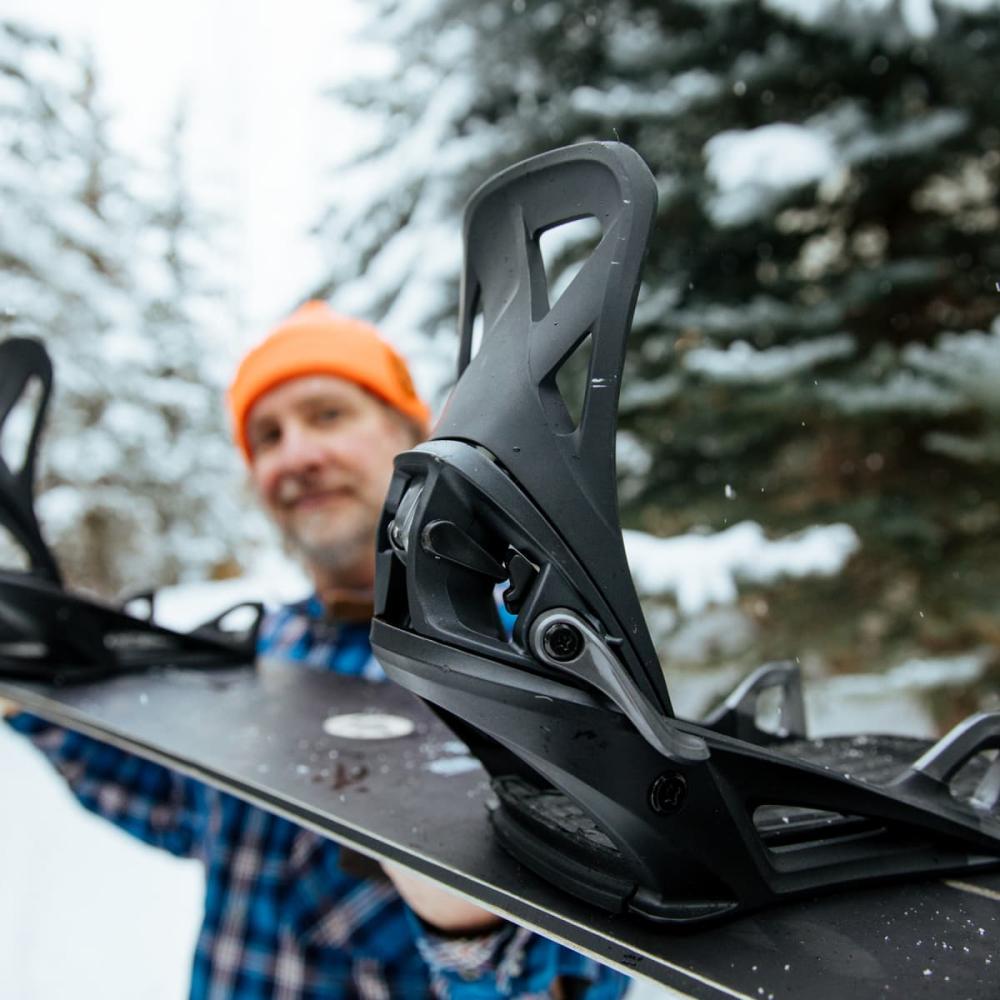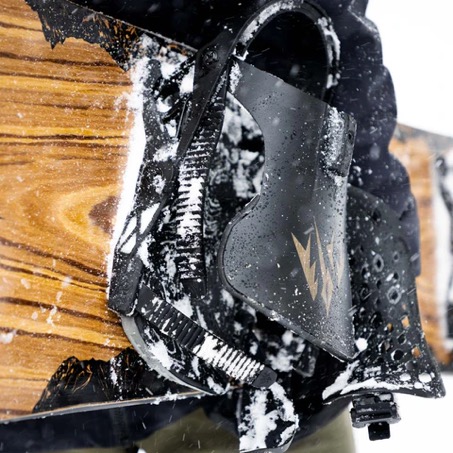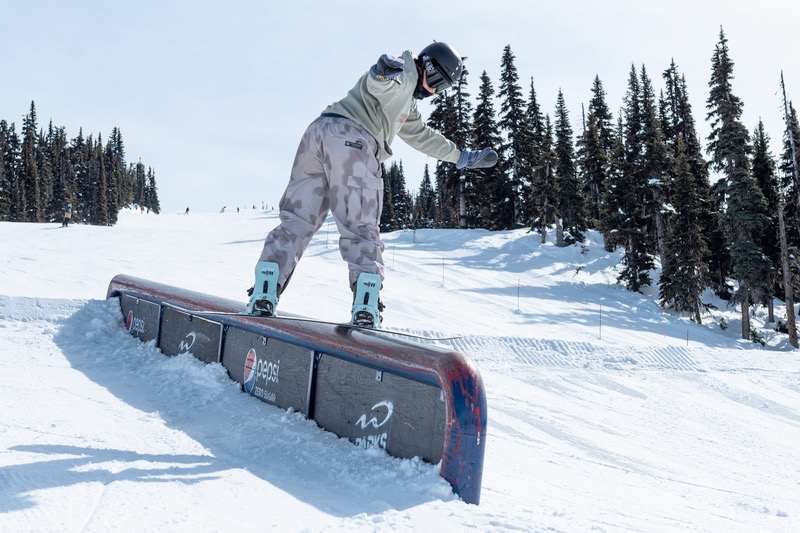Types of bonding
Types of bonding
Discover the different types of bindings for snowboards
Snowboard bindings are a crucial part of your snowboarding equipment. They provide the connection between you and your snowboard and play a big role in your performance and comfort on the slopes. There are several types of snowboard bindings available, each designed to meet specific needs and riding styles. In this guide, we'll discuss the most common types of bindings snowboard and their unique characteristics to help you make the right choice.
Traditional Strap-In Bindings
The most popular and widespread types of bindings snowboard are the traditional strap-in bindings. These bindings have two straps: one over the ankle and one over the toes. These straps are adjustable, allowing you to adjust the fit for optimal comfort and control. Strap-in bindings offer excellent stability and are suitable for snowboarders of all levels. They are particularly popular for their reliability and the precise adjustment they offer. However, getting in and out can take some time, especially in cold weather conditions when wearing gloves.

Rear-entry bindings
Rear-entry bindings, also known as speed-entry bindings, are an innovative option that is quickly becoming popular among snowboarders. These bindings have a unique design where the highback folds back, allowing you to easily place your foot into the binding. Once your foot is in place, the highback folds back and you are ready to go. This type of binding combines the convenience of quick entry with the security of traditional bindings. Rear-entry bindings are ideal for beginners and snowboarders who need to get in and out of their bindings frequently. However, they offer fewer adjustment options than strap-in bindings and can be slightly heavier.
Step-On Bindings
Step-on bindings are a relatively new and innovative type of bindings snowboard. They eliminate the need for straps and allow you to step directly into the bindings with special boots. This system is designed for ultimate convenience and speed, especially useful during cold days when you don't want to waste time. Step-on bindings are compatible with specific boots designed specifically for this system. This means you may need to purchase new boots if you choose these bindings. Although step-on bindings are less customizable than traditional bindings, they offer an excellent blend of comfort and convenience.

Freestyle Bindings
Freestyle bindings are designed specifically for snowboarders who focus on tricks, jumps and riding in snowparks. These bindings tend to be softer and more flexible, offering more freedom of movement and making it easier to perform tricks and jumps. Freestyle bindings often have extra cushioning to absorb the impact of landings, which helps prevent injuries. While they are perfect for the park, they offer less stability and support for high speeds and rough terrain. Freestyle bindings are therefore less suitable for snowboarders who want to focus on all-mountain or freeride riding.
Freeride Bindings.
For snowboarders who prefer off-piste terrain and steep descents, freeride bindings are the best choice. These bindings are stiffer and offer more support and control, which is essential for technical descents and aggressive riding. Freeride bindings are designed to withstand harsh conditions and offer excellent durability. Although they are less flexible than freestyle bindings, they are perfect for riders who value stability and responsiveness above all else. Freeride bindings are ideal for snowboarders looking for maximum control and precision during challenging descents.
All-Mountain Bindings
All-mountain bindings are designed to be versatile and perform well in a wide range of conditions and terrain. They offer a balance of flexibility and support, making them suitable for both piste and off-piste riding. All-mountain bindings are ideal for snowboarders who want to do a little bit of everything, from carving on groomed slopes to exploring powder in the backcountry. These bindings offer a good balance of flexibility and responsiveness, making them suitable for a wide range of riding styles. However, they may not offer the specific advantages of specialized bindings for freestyle or freeride, which can be a disadvantage for riders who want to focus on a specific style.

Conclusion: Choose the right types of bindings snowboard
Choosing the right types of bindings snowboard is essential for an enjoyable and safe snowboarding experience. Each type of binding has its own unique advantages and is designed for specific riding styles and needs. By understanding which bindings best suit your riding style, experience level and personal preferences, you can ensure that you perform at your best on the slopes and enjoy your snowboarding adventures to the fullest.
Browse our wide range of snowboard bindings and discover the different types of bindings snowboard available. Whether you choose the reliability of traditional strap-in bindings, the convenience of rear-entry bindings, or the speed of step-on bindings, we have everything you need to take your snowboarding experience to the next level. Have fun on the slopes!




